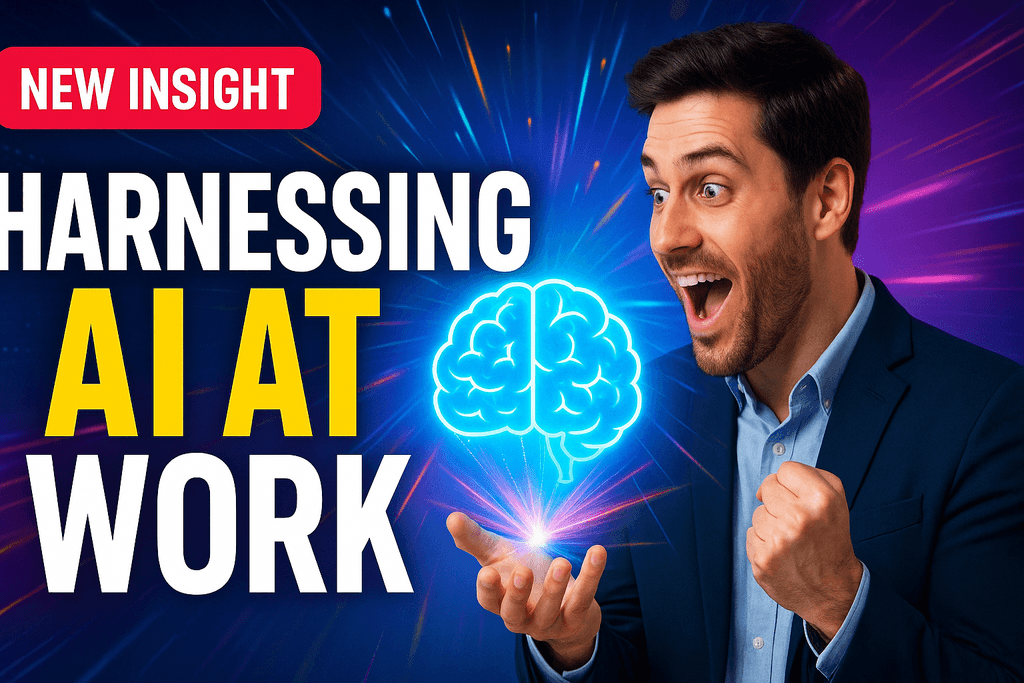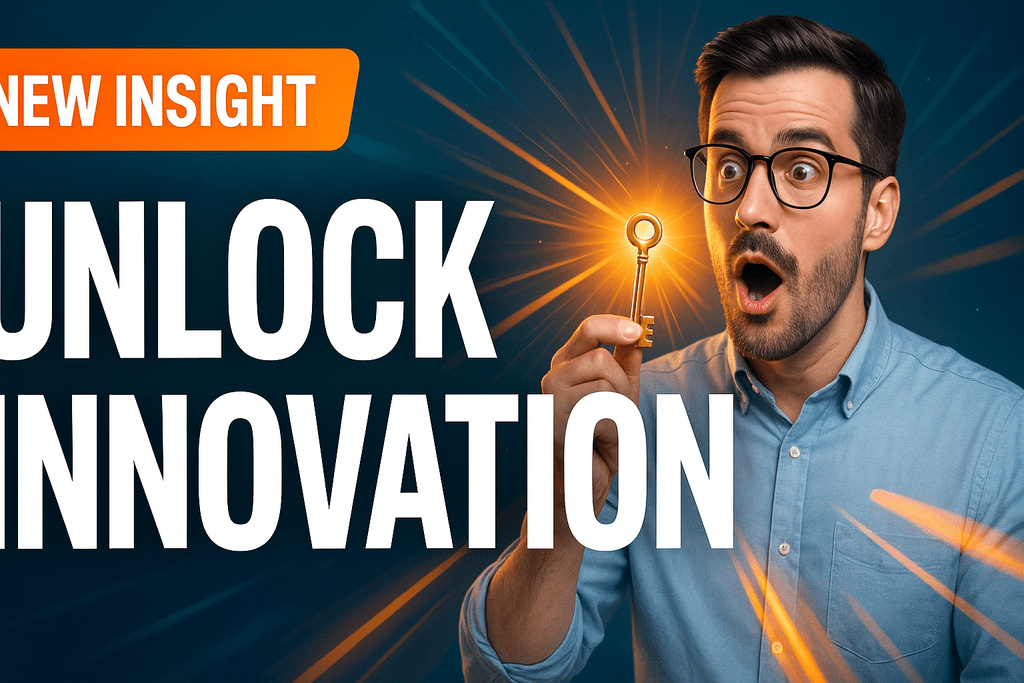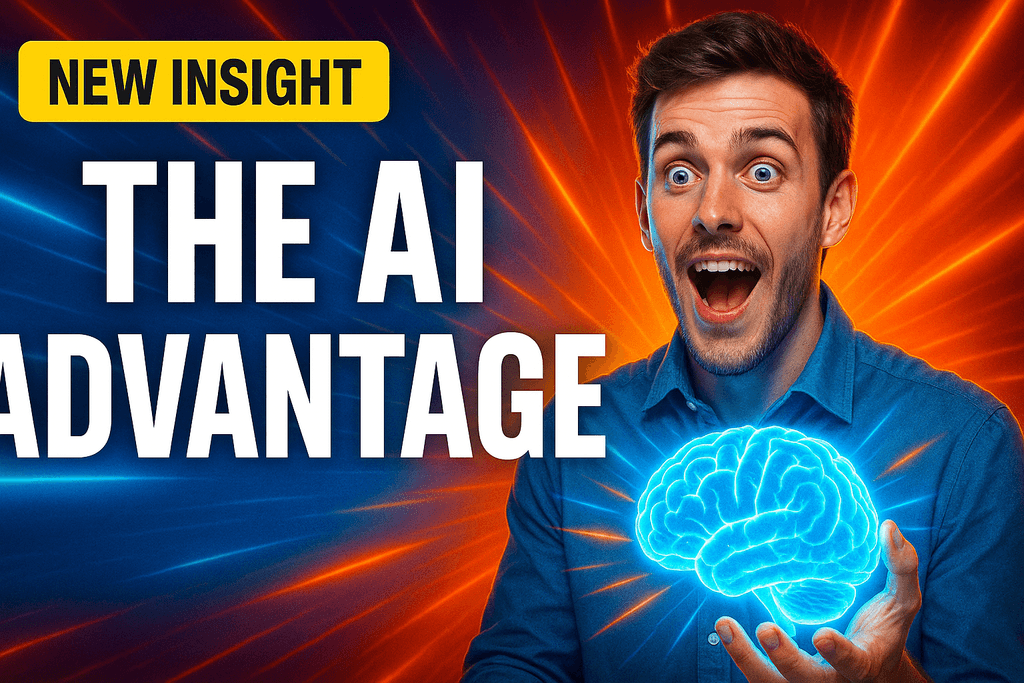
Table of Contents
Introduction
Core Web Vitals are a crucial part of modern web performance and SEO. These metrics, developed by Google, measure the quality of user experiences on websites, impacting search rankings and audience engagement. When it comes to Headless CMS websites, optimizing Core Web Vitals can be both a challenge and an opportunity to deliver faster, more responsive sites.
With the emergence of AI agents and workflow automation, the landscape of web performance optimization has evolved significantly. Modern platforms like Orbitype's Agentic Cloud OS combine traditional performance optimization with intelligent automation, enabling websites to achieve superior Core Web Vitals through automated monitoring, content optimization, and proactive performance management.
In this blog, we'll dive into the essential strategies for improving Core Web Vitals in Headless CMS-powered websites. By implementing these tips and leveraging AI-driven automation, you can enhance performance, user experience, and SEO rankings while reducing manual optimization tasks.
What Are Core Web Vitals?
Core Web Vitals focus on three key aspects of web performance:
Largest Contentful Paint (LCP): Measures loading performance. A good LCP score is under 2.5 seconds.
First Input Delay (FID): Measures interactivity. Aim for a score below 100 milliseconds.
Cumulative Layout Shift (CLS): Measures visual stability. A score under 0.1 is considered optimal.
These metrics directly influence how users perceive your site and how search engines rank it. Optimizing them is essential for any Headless CMS website. Modern AI agents can continuously monitor these metrics and automatically trigger optimization workflows when performance thresholds are breached, ensuring consistent performance without manual intervention.
With Orbitype's Agentic Cloud OS, AI workforce automation can analyze performance patterns, predict potential bottlenecks, and proactively implement optimization strategies. This intelligent approach to Core Web Vitals management represents the next evolution in web performance optimization.
Challenges of Optimizing Core Web Vitals in Headless CMS Websites
Headless CMS architectures separate content management from presentation, offering flexibility but introducing potential performance bottlenecks. Common challenges include inefficient API calls, large JavaScript bundles, and delayed content rendering. Identifying and addressing these issues is key to improving Core Web Vitals.
Traditional approaches to these challenges require constant manual monitoring and optimization. However, AI agents can transform this process by automatically detecting performance issues, analyzing their root causes, and implementing corrective measures. This shift from reactive to proactive performance management is particularly valuable in headless architectures where multiple systems interact.
Orbitype's approach addresses these challenges through intelligent workflow automation that continuously optimizes API efficiency, monitors bundle sizes, and ensures optimal content delivery patterns. This automated approach reduces the technical overhead typically associated with headless CMS performance optimization.
AI-Enhanced Performance Optimization Strategies
Modern performance optimization goes beyond manual tweaks and static configurations. AI agents can revolutionize how we approach Core Web Vitals by implementing intelligent, adaptive optimization strategies that respond to real-time conditions and user behavior patterns.
Intelligent Content Delivery Networks (CDNs)
Content Delivery Networks (CDNs) distribute your website's assets across multiple servers worldwide, ensuring faster delivery to users. AI-enhanced CDNs can automatically optimize cache strategies, predict content demand, and dynamically adjust server allocation based on traffic patterns. This significantly improves LCP while reducing manual configuration overhead.
Automated Image and Media Optimization
AI agents can continuously monitor and optimize images and media files, automatically compressing images, converting them to modern formats like WebP, and implementing intelligent lazy loading based on user scroll patterns. Orbitype's workflow automation can integrate with image processing APIs to ensure optimal media delivery without manual intervention.
Dynamic Caching Strategies
AI-driven caching goes beyond static rules by analyzing user behavior, content popularity, and performance metrics to implement dynamic caching strategies. These systems can automatically adjust cache durations, predict content freshness requirements, and optimize edge caching patterns to maximize LCP improvements.
10 Essential Tips for Core Web Vitals Optimization
1. Implement Server-Side Rendering (SSR) with AI Optimization
Use Server-Side Rendering (SSR) or Static Site Generation (SSG) to pre-render pages, improving LCP and CLS scores. AI agents can automatically determine the optimal rendering strategy for each page based on content type, user patterns, and performance requirements. Frameworks like Nuxt.js and Next.js integrate seamlessly with intelligent optimization workflows.
2. Optimize API Calls with Intelligent Batching
Efficient API usage is vital in Headless CMS setups. Use GraphQL to fetch only necessary data and implement AI-driven batching that automatically combines related API calls. Orbitype's workflow automation can analyze API usage patterns and optimize call sequences to reduce loading times and improve FID scores.
3. AI-Powered JavaScript Bundle Optimization
Large JavaScript bundles delay loading and interactivity. AI agents can automatically analyze code usage, implement tree-shaking, and create optimal code splitting strategies. These systems continuously monitor bundle performance and adjust optimization strategies based on real-world usage data.
4. Intelligent Third-Party Script Management
Third-party scripts significantly impact FID and overall performance. AI agents can audit all third-party scripts, automatically identify non-essential ones, and implement intelligent loading strategies. This includes dynamic script loading based on user interaction patterns and performance budgets.
5. Automated Critical CSS and Asset Preloading
Reduce render-blocking resources by implementing AI-driven critical CSS extraction and asset preloading. These systems can analyze user behavior to predict which assets will be needed and preload them accordingly, ensuring faster rendering of above-the-fold content and improved LCP scores.
Advanced Optimization with Orbitype's Agentic Cloud OS
6. Continuous Performance Monitoring with AI Agents
Use AI-powered monitoring tools that go beyond traditional performance tracking. Orbitype's Agentic Cloud OS provides ambient agents that continuously monitor Core Web Vitals, automatically detect performance degradation, and trigger optimization workflows. These agents can identify patterns that human analysts might miss and implement corrective measures before users are affected.
7. Intelligent Database Query Optimization
Leverage Orbitype's PostgreSQL-based architecture with AI agents that automatically optimize database queries, implement intelligent caching strategies, and manage data relationships for optimal performance. This approach ensures that your headless CMS delivers content efficiently while maintaining data integrity and security.
8. Automated Workflow Orchestration
Implement AI-enhanced workflows that automatically coordinate multiple optimization tasks. For example, when new content is published, AI agents can automatically optimize images, update CDN configurations, preload critical assets, and monitor performance metrics. This orchestrated approach ensures comprehensive optimization without manual intervention.
9. Predictive Performance Management
AI agents can analyze historical performance data, traffic patterns, and content characteristics to predict potential performance issues before they occur. This predictive capability allows for proactive optimization, ensuring consistently excellent Core Web Vitals even during traffic spikes or content updates.
10. Cross-Team Collaboration Enhancement
Optimizing Core Web Vitals requires collaboration between developers, designers, and content creators. Orbitype's AI workforce can facilitate this collaboration by automatically generating performance reports, suggesting optimization priorities, and coordinating optimization tasks across team members. This ensures that performance optimization becomes an integrated part of the development workflow rather than an afterthought.
Real-World Implementation and Results
Organizations implementing AI-driven Core Web Vitals optimization with platforms like Orbitype typically see remarkable improvements in their performance metrics. Real-world case studies demonstrate LCP improvements of 40-60%, FID reductions of up to 70%, and CLS scores consistently below 0.05.
The key to success lies in the systematic implementation of AI agents that work collaboratively to maintain optimal performance. Unlike traditional optimization approaches that require constant manual attention, AI-powered systems adapt to changing conditions, user behavior, and content patterns automatically.
For comprehensive insights into implementing automated content workflows, explore Automating Content Workflows with Orbitype's Custom Solutions, which demonstrates how workflow automation can streamline performance optimization processes.
The integration of AI agents into performance optimization workflows represents a fundamental shift from reactive to proactive web performance management. This approach not only improves Core Web Vitals but also reduces the technical overhead associated with maintaining high-performance websites.
Future of AI-Driven Performance Optimization
The future of Core Web Vitals optimization lies in the convergence of AI agents, workflow automation, and intelligent cloud infrastructure. As web technologies continue to evolve, the complexity of performance optimization will require increasingly sophisticated automated solutions.
Emerging trends include predictive performance modeling, where AI agents can forecast performance impacts of code changes before deployment, and adaptive optimization strategies that automatically adjust based on user demographics, device capabilities, and network conditions.
Orbitype's Agentic Cloud OS represents the next generation of this evolution, where AI agents don't just monitor and optimize performance but actively participate in the development workflow. These agents can suggest architectural improvements, automatically implement performance best practices, and ensure that Core Web Vitals remain optimal throughout the entire development lifecycle.
To understand the broader implications of AI agents in business automation, read The AI Agent Revolution, which explores how autonomous AI systems are transforming various business processes beyond web performance.
The integration of AI workforce automation into web development workflows will become standard practice, enabling teams to achieve superior performance metrics while focusing their human expertise on creative and strategic initiatives rather than routine optimization tasks.
Conclusion
Improving Core Web Vitals is essential for delivering fast, user-friendly, and SEO-optimized websites. With the integration of AI agents and workflow automation, the traditional challenges of headless CMS performance optimization can be transformed into opportunities for superior web experiences.
The 10 strategies outlined in this guide, enhanced by AI-driven automation, provide a comprehensive approach to Core Web Vitals optimization. From intelligent CDN management to predictive performance monitoring, these techniques leverage the power of artificial intelligence to maintain optimal performance with minimal manual intervention.
Orbitype's Agentic Cloud OS represents the future of web performance optimization, where AI agents work continuously to ensure your website meets and exceeds Core Web Vitals standards. By adopting these AI-enhanced strategies, you ensure your headless CMS website remains competitive in a fast-evolving digital landscape while reducing the operational overhead typically associated with performance optimization.
The convergence of AI agents, workflow automation, and intelligent cloud infrastructure marks a new era in web development where performance optimization becomes an automated, intelligent process rather than a manual burden.
Ready to Transform Your Web Performance?
Experience the power of AI-driven Core Web Vitals optimization with Orbitype's Agentic Cloud OS. Our intelligent automation platform combines the flexibility of headless CMS architecture with the efficiency of AI agents to deliver superior web performance.
Discover Intelligent Automation: Visit Orbitype to learn how AI agents can revolutionize your web performance optimization.
Start Your Free Trial: Try Orbitype for Free and experience automated Core Web Vitals optimization firsthand.
Join Our Community: Connect with performance optimization experts on Discord and share insights about AI-driven web optimization.
Stay Updated: Follow our latest developments and optimization tips on LinkedIn and X.
Transform your approach to Core Web Vitals optimization with AI agents that work tirelessly to ensure your website delivers exceptional performance. Let Orbitype's intelligent automation handle the complexity while you focus on creating amazing user experiences.






















.png&w=1024&q=80)
